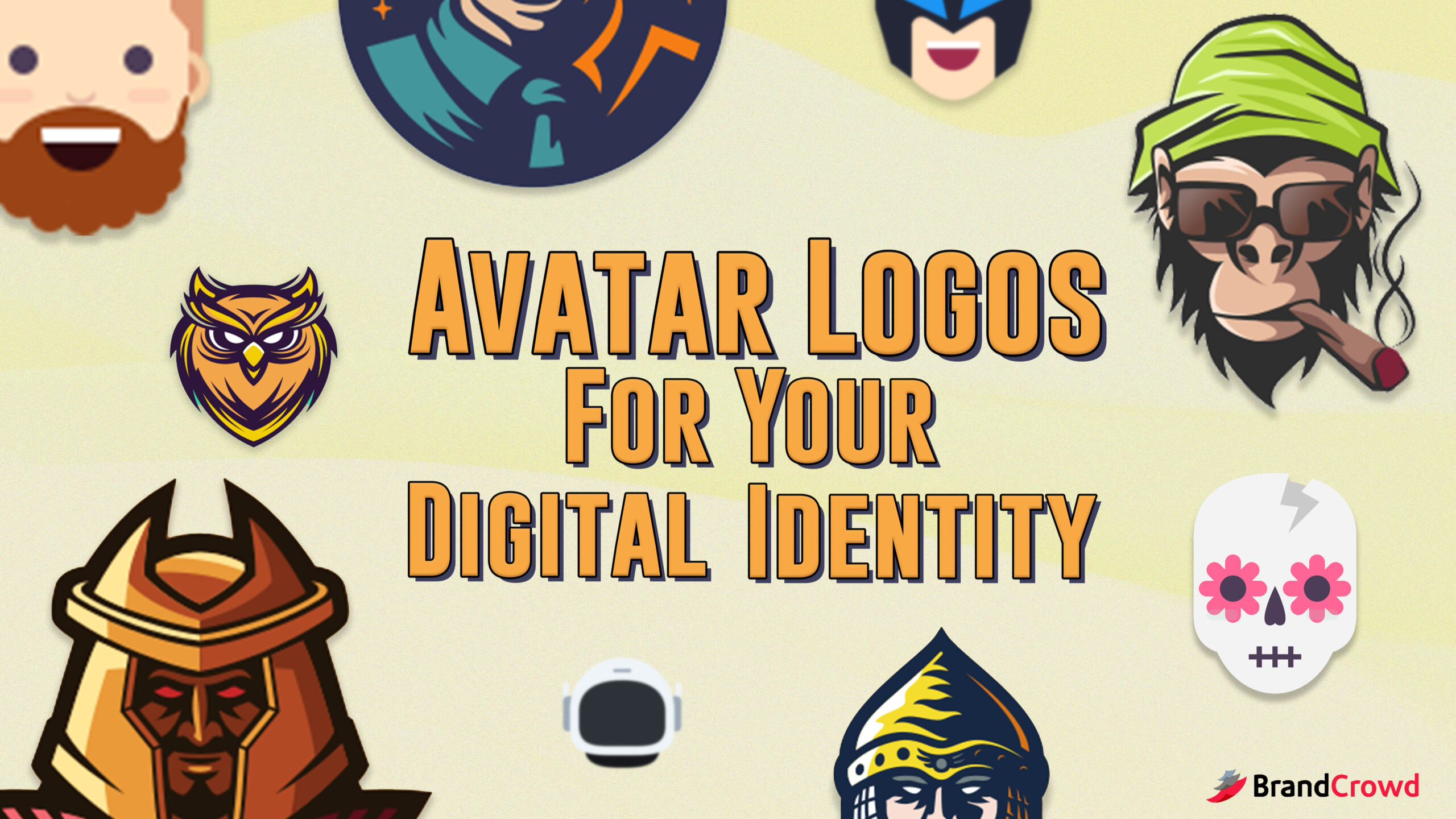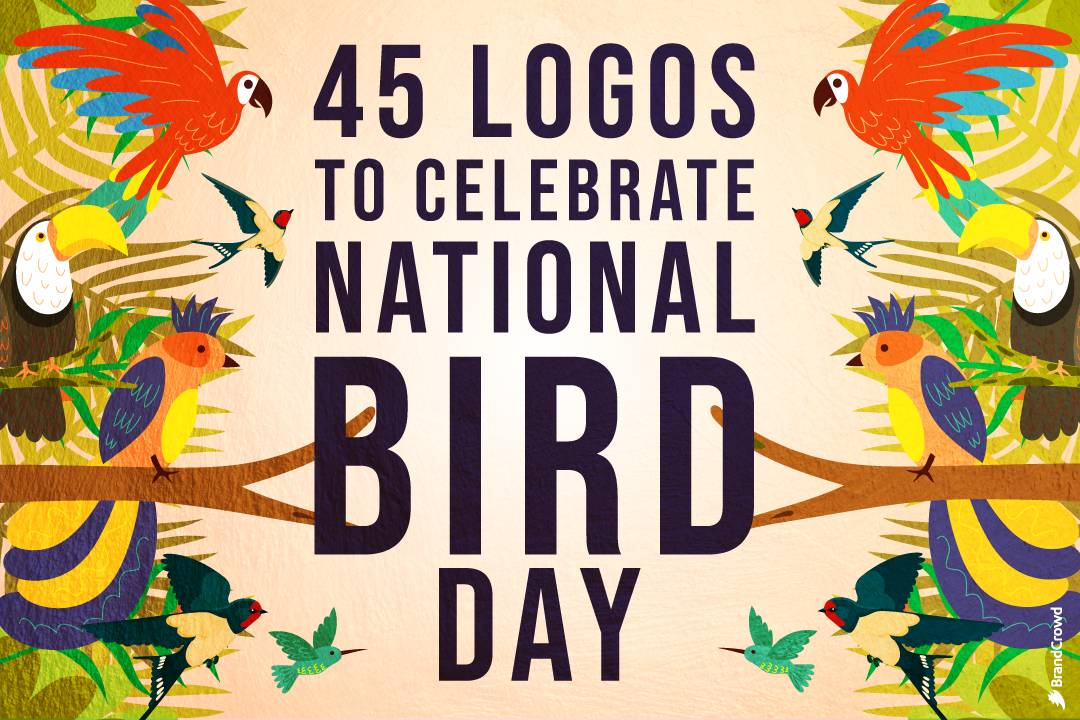Logo History: Take A Walk With Us
“The strongest logos tell simple stories,” Sol Sender, co-founder of Sender LLC, designed Obama’s campaign in 2008. What he said about logos is true. Thus, let’s walk down logo lane and learn its history.
For generations, logos have become the attention-grabbers of the market for every business. Knowing how it developed through time is crucial since you can get both inspiration and effectively plan what you want your logo to be.
A Walk Down Logo Lane

Art intertwines with the origins of logos. Thus, will you believe us when we tell you that logos have existed even in ancient times?
That’s right. Every ancient civilization had its mark. Their art is how we identify them today—a characteristic of an effective logo if you think about it.
It all starts in 70,000 to 7000 BC with the wall carvings of our pre-historic ancestors. We know that mammals lived with humans because they painted them. Moving forward, from the hieroglyphics of Egypt to the cylinder stamps of Mesopotamia, each civilization had an identifying mark.
Assyria has their Hammurabi Code on a stone slab. Persia has its ceramic art and ornate walls. We now touch on the 900 to 1300 AD—the middle ages following ancient times.
King Richard II declared that all establishments brewing beer needs to have an identifying mark. Another aspect of logos: is the face of a business. This declaration became law since the water wasn’t much of a safe drink at the time.
Aside from that, emblems were the trend, especially as family crests. It represented men from each family and became their kind of branding. Heraldry is this kind of design with specific colors and imagery like animals or patterns on shields to represent the household.
Let’s advance into the printing era. Now, we give a much more defined purpose to logos. The rise of the printing press during 1440 paved the way for more unique designs.
Each printing house needed to get heard and recognized from the rest. And what do newspapers have in common?
Advertisements.
Each business wants to feature its products and services on papers everyone can read. Thus, by the mid-1600s, sophisticated logo designs came to life. Each advert showcases specific businesses in each niche.
A business could have an outline of a loaf for a bakery. Or a cowboy boot attached to the leg of a woman or male, all these because enterprises wanted exposure to reach a broader market.
But the current logo design era we are in started in the 1800s. The art of Chromolithography came to life, which is printing in multi-color. This phenomenon promoted colored printing of newspapers, advertisements, and even posters for plays and movies.
Not to mention, color psychology pioneered by Johann Wolfgang von Goethe’s “Theory of Colors” aided in the accent of our beautiful logos today. Hence, by 1876, the history of modern logos began.
It wasn’t art but a method of branding to claim ownership of craftsmanship. Bass Brewery had a minimalistic style with the red triangle atop “Bass.” Later, the logo looked like an emblem to distinguish themselves from Coca-Cola started their branding in 1885 with their stylistic font.
And since these transpired in the Industrial Revolution, everything was getting massed produced. By 1910 and 1913, logos dominated every corner or city of Europe and the United States.
In 1914, Pierre de Coubertin designed the Olympic flag with the five circles representing each of the five contents united for the Olympics. This occurrence cemented the logo’s meaning as not just a face of a business but a mark that encompasses cultures worldwide.
Logos have become like a recorder of history since it changes the era. Let’s get into the last stage of logo design: the present modern feel.
Businesses started to notice that their logos needed to be thought-provoking. It needs to grab the attention of its prospective market in a good way.
Take a look at IBM’s logo. It had a literal eye, bee, and M in their 1956 design by Paul Rand. Gone are the days of simplistic stencils and wordmarks, with baffling logo designs that truly exude who you are as a business.
From there, technology came into the picture and aided business design. Software like Adobe Photoshop and InDesign became tools that revolutionized the design experience.
We have a flat design that can be printed and posted on social media platforms. They’re one of the most effective methods of strengthening your branding online.
Achievement Unlocked: Logo History Buff!

And there you have it, a history of logos narrated to you by yours truly. We hope you learned a lot from this article. Despite this topic being common, you can never have too much information about logo creation.
Having everything you need to know about logos allows you to decide how you want your brand identity to be. We can help you in that area, especially in the design portion.
Here at BrandCrowd, we make design decisions easy. You have more control over what you want as a logo with our 75,000+ templates. Or you could hire a designer over at DesignCrowd.
Either way, you’ll do great! Just reach out to us, and we’ll be there for you.



